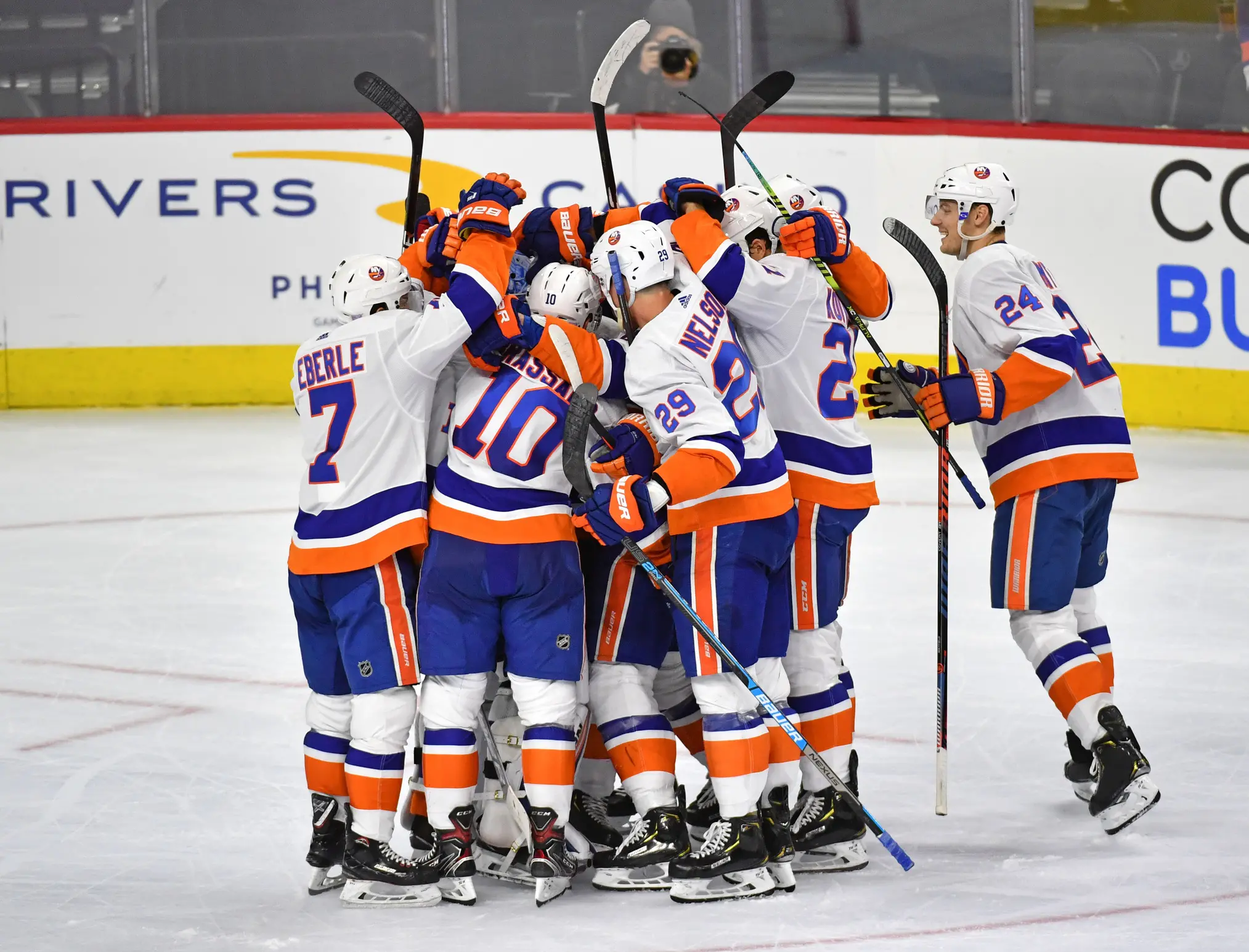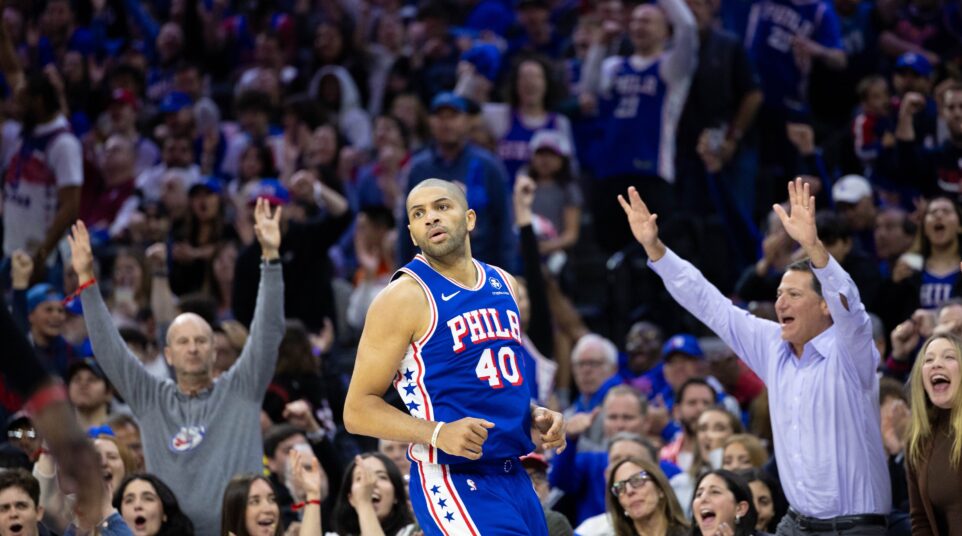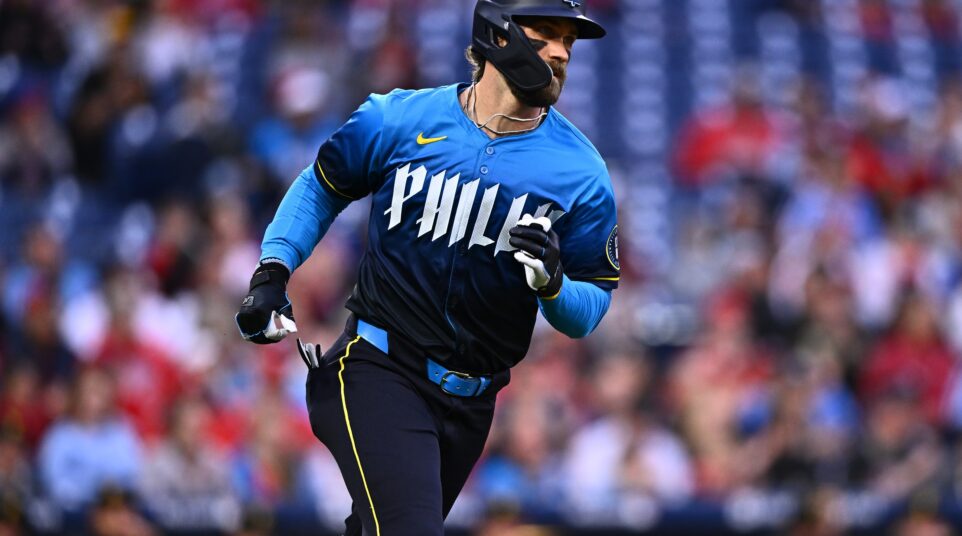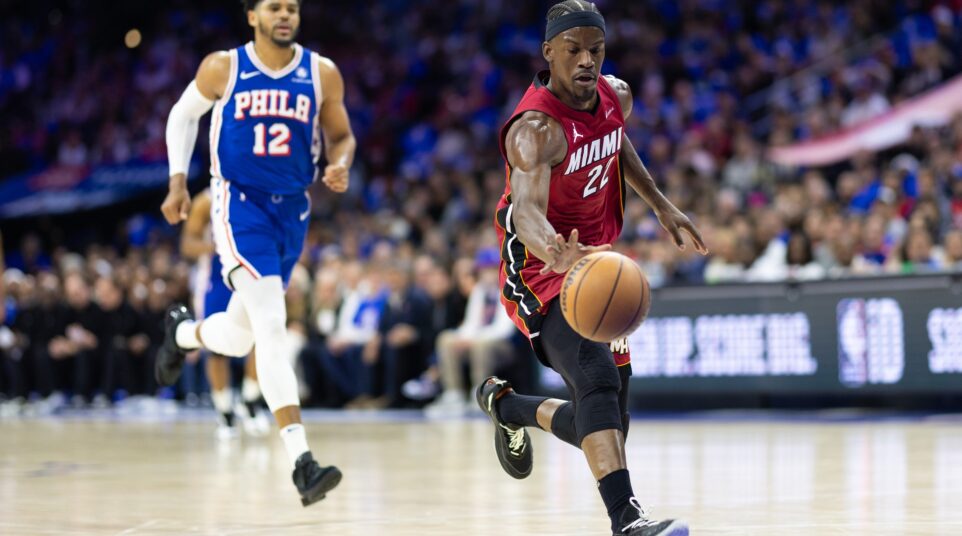
Two One-Goal Losses for Flyers Might not be as Bad as it Seems
[the_ad id=”102819″]
What a difference a week makes…
Last weekend, the Flyers did what not many thought was possible, went on the road on back-to-back nights and defeated a highly-skilled (albeit now struggling) Toronto team and the next night beating arguably the best team in the game in Boston.
Spirits were high as the Flyers improved to 5-0-1 in a six-game stretch at that point. Heck, things were still looking up as recently as Wednesday when the Flyers lost in a shootout to the Washington Capitals, the the team with the best record in the sport at this juncture.
But then this weekend happened. And although it wasn’t a completely lost weekend, the Flyers did salvage one point after all, it was a weekend that started to show some of the warts that were being covered by the Flyers recent success.
First they dropped a 2-1 game in regulation to the lowly Ottawa Senators in Canada’s capital city before returning home Saturday and blowing a three-goal third period lead before losing to the New York Islanders 4-3 in a shootout.
An optimist will tell you the Flyers still have points in eight of their last nine games (5-1-3).
A pessimist will tell you the Flyers have lost three straight games and now head out for a couple of testy road games before coming home to play a pair of solid Western Conference opponents.
Here they are, 20 games into the season, which, for all intents and purposes is the quarter pole, and they’ve won 10 games. That’s a .500 winning percentage, which is different than the points percentage thing the NHL will present to you, and I’m going to dive into that in a little bit.
They have a one point lead over the Buffalo Sabres for the final Wild Card spot in the Eastern Conference and the Sabres have a game in hand (Sunday night in Chicago).
So here are the Flyers in a familiar spot. Kind of where they’ve been every season for the past seven.
But as we’ve pointed out, things do feel different about this team. There is a certain way they are playing that has them on the brink of pushing through to be a playoff-caliber squad.
But maybe that’s all because of how coach Alain Vigneault is managing games. Maybe he’s managing the team in such a way that when it gets down to the nitty gritty, they have a chance to win quite often or at the very least, earn one point.
Let’s break it down, shall we.
As I mentioned, so far the Flyers have played 20 games. Ten of those games have been one-goal games.
Now, I don’t have the NHL average of one-goal games handy, but I would venture to say that with just a slight bit of research into the recent past of a few teams, it’s fair to say that teams average about 35 one-goal-games a season.
As such, while the Flyers having 50 percent of the games go beyond regulation so far is a little high, it’s not exorbitant.
However, the Flyers have played in seven shootouts already. In 2018-19 they played in four…. for the entire season.
At this pace, they would play in 28 shootouts.
OK, that’s not going to happen. It’s going to regress to the norm a bit. It has to.
But then there is also this: since November 1, the Flyers have played nine games. Eight of them have been decided by one goal. Seven of them have gone past regulation.
So, only two of the first 11 games were one-goal games and only one of those went past regulation.
Why the shift? Why did games suddenly become tighter? This is November, not March. The ramped up playoff push hasn’t truly begun yet. What’s the cause?
There are a lot of factors that could come into play. A heavier schedule load is one, for sure. Not only are the Flyers playing 16 games in November, but there are back-to-backs and three-in-fours out the wazoo.
A run of games against good teams can also play a part. Seven of the nine games this month have been against top tier competition in the Eastern Conference, with only the win that started the month in New Jersey and Friday’s loss in Ottawa the only games coming against lower echelon-caliber squads.
But more importantly, and probably the one thing that hasn’t really been talked about is a tweak to the system that is making for closer, lower-scoring hockey.
It’s no secret that the low point this season for the Flyers were consecutive losses on the road in New York against the Islanders and in Pittsburgh at the end of October. the Flyers were outscored 12-4 in those two games, but it might as well have be 32-4, that’s how dominant the Isles and Pens were against the Flyers.
The Islanders forechecked the hell out of the Flyers defense. The Penguins followed suit. They forced the Flyers to turnover the puck under duress, and it cost them. Couple that with a temporary setback in the play of Carter Hart in net and, well, it was ugly hockey for a couple days.
Since then though, the Flyers have tightened the screws. The Flyers are getting more support in their own end from forwards. The breakout, while not great, has been better. They have cut down on mistakes, especially in their own end. There has been a real team commitment to looking out for one another.
Sure, there are stretches of time where things look disjointed, out of sorts, or flat out bad. The opening period against Washington last Wednesday and the final period Saturday against the Islanders are prime examples.
But, there are no full game systemic breakdowns. There are in-game adjustments and changes being made. Things don’t ever seem to stagnate with the Flyers. They actually are pretty good with puck possession. Their special teams, while not perfect, are vastly improved. There are team-oriented concepts that don’t always translate to television or even to the novice eye that are taking place and going well.
But all of that has come at a cost.
In October, the Flyers were outscored 38-36 in 11 games. So far in November, the Flyers have outscored the opposition 25-22 in nine games.
Since those two terrible losses just before Halloween and the shift in style for the Flyers, they have trimmed their goals allowed by more than entire goal from 3.46 per game to 2.44. That’s a vast improvement.
But, it has come at a cost.
The Flyers have also lost about a half-goal a game in scoring, dropping from 3.27 goals per game to 2.78.
Yes, it’s frustrating that they are not scoring. The top line continues to produce – Sean Couturier and Oskar Lindblom had two of the Flyers three goals against the Islanders while the third came on the power play by Ivan Provorv set up by Couturier.
But, the rest of the offense just can’t get going.
Claude Giroux and Jake Voracek have been OK production-wise on offense. But the rest of the team in mired in a major funk.
Kevin Hayes has now gone 11 games without a goal and 10 games without a point. He is on pace for a 16 goal, 12 assist, 28 point season right now. Not good.
James van Riemsdyk continues to struggle to score as well, with only one goal in his last 11 games. Like Hayes, his pace of 16-21-37 is no bueno.
Joel Farabee got off to a real hot start then hit a bit of a wall against Washington Wednesday. He didn’t look great in Ottawa, and was a little better against New York, but he’s only 19. We can’t put too much in the way of expectations on his shoulders yet.
Vigneault shuffled the deck a little bit and sat Phil Myers and Carsen Twarynski Saturday against the Islanders. Neither had been all that impressive in the last two games, and were it not for Myers three-game goal streak last week, this benching could have come sooner because the team wasn’t too keen on some of his decision-making plays since his recall.
Robert Hagg and Chris Stewart replaced them in the lineup. Stewart was mostly unproductive in his nine shifts. Hagg, however, despite playing the least minutes of any defenseman, was pretty solid in his return to the lineup. He brought a physical presence and led the team in hits with six, and he played mistake-free hockey with the puck on his stick. There was one miscommunication between he and Provorov on a shift change with one going to the bench and one coming on that led to a New York goal in the third period, but it’s hard to determine who was at fault on that change.
Otherwise, Hagg probably gave the Flyers what they asked of him. It wouldn’t surprise to see him play more this coming week.
But the reality is, the Flyers depth beyond their top two lines is not up to snuff. Without any other alternatives, and until Hayes and van Riemsdyk get their offensive act together, this is a style Vigneault is going to have to employ. And he’s done it before with teams that weren’t as talented as they needed to be.
In 2017-18, with a Rangers team that ultimately traded away all it’s good players, even announcing they were doing so to their fans on social media, Vigneault had them in the thick of the playoff race until just after the new year by employing a similar approach.
On January 6 of 2018, the Rangers were 22-14-5. They had just completed a stretch of 12 games in which nine were decided by just one goal. On the whole that season the Rangers were 16-10-9 in one-goal games while 10 of those 16 wins came after regulation.
The Rangers hit a cold spell after that, traded off their assets and finished the season 12-25-4 in the second half of the season.
He also coached similar stretches in 2013-14 with a Rangers team that wasn’t a stalwart until the playoffs, when it made an unexpected dramatic run to the Stanley Cup Final, which supports his belief that you just get into the tournament and anything can happen.
He also had a similar run of tight games in his first season with Vancouver.
What you’re seeing is well-planned. It is well-thought out. It’s an approach the Flyers are willing to live with. Defense-first, control the puck when you have it to milk the clock, and try and be opportunistic to score goals. Oh, and win special teams battles as often as possible.
It’s a good formula. One that should play out well for the Flyers once the schedule eases up a bit in December.
But for the second half of this crazy month, with seven games crammed into it’s final 12 days, this is the only way to survive.





